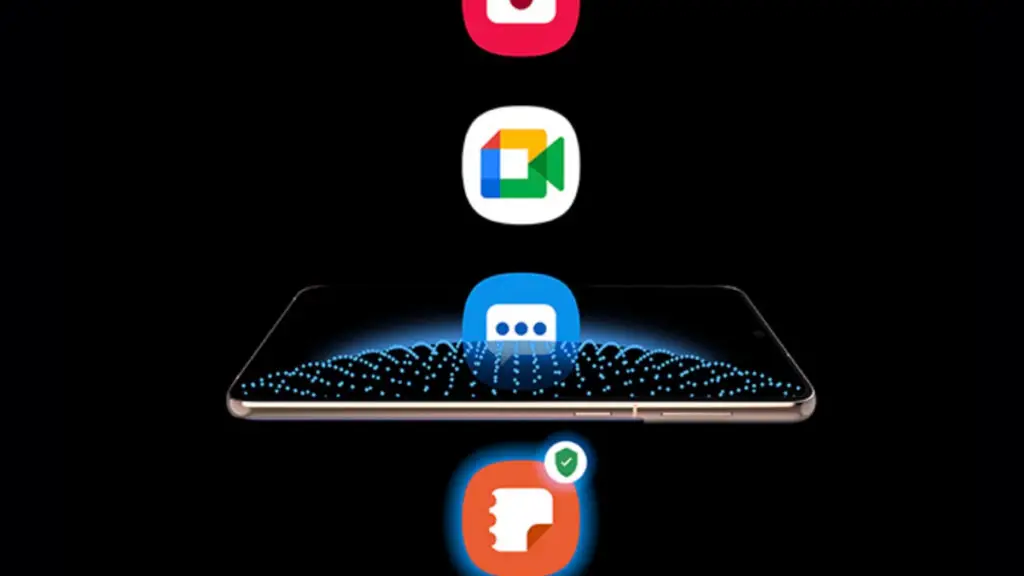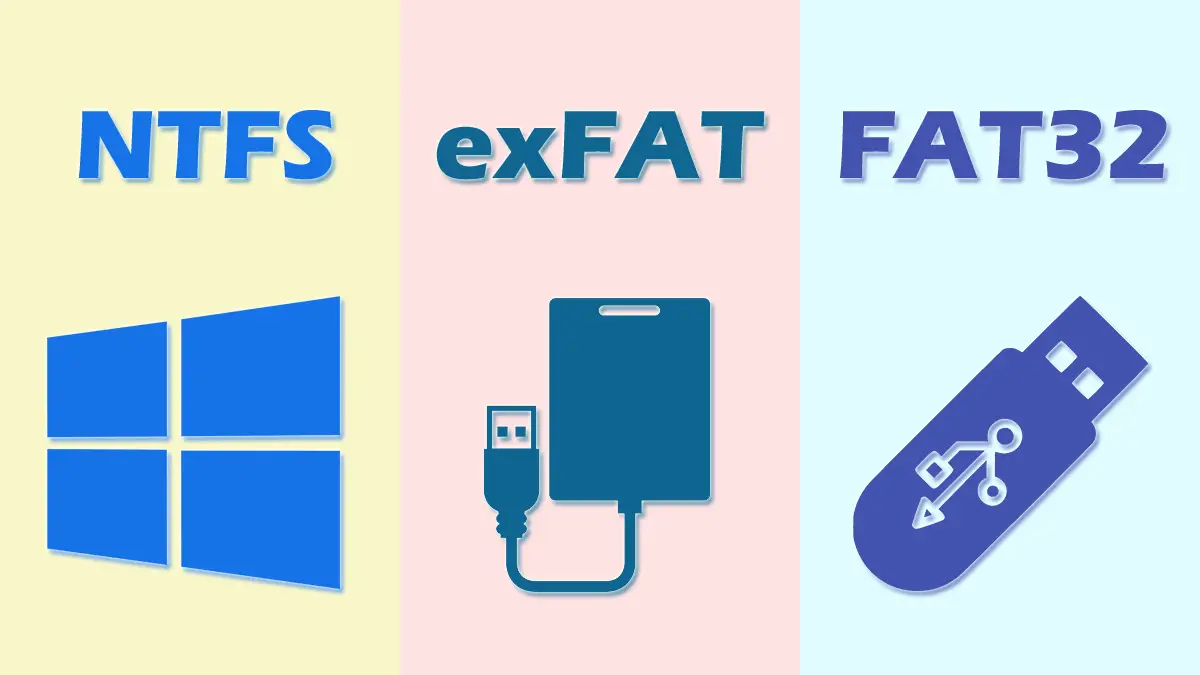Explained
What Is Augmented Reality (AR) And How Does It Work?
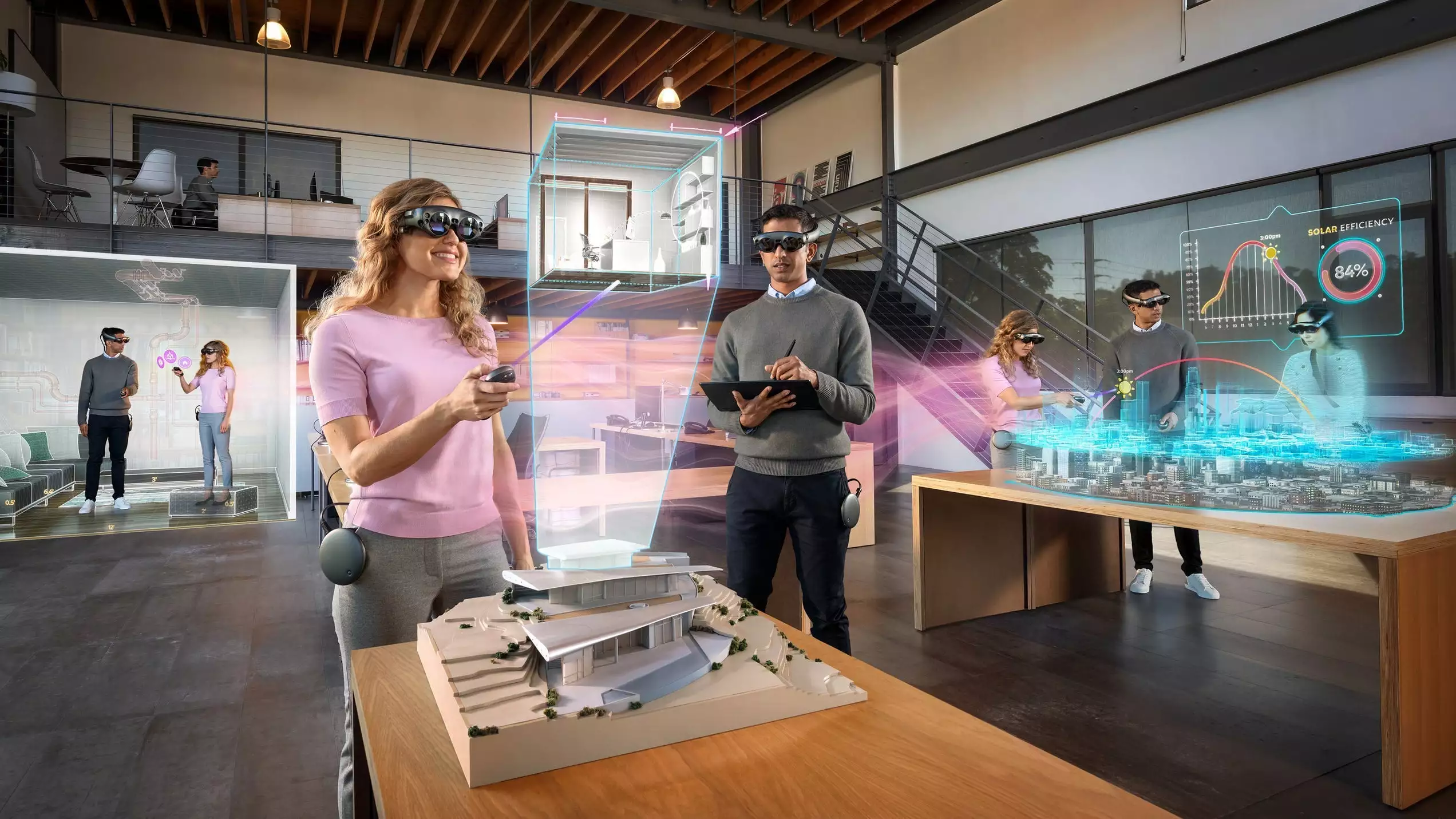
Augmented Reality (AR) is an enhancement of digital reality that allows users to interact using computer interfaces similar to smartphones or apps.
It blends both real and virtual elements to provide a live-action interaction between the two.
Imagine a computer’s UI screen being displayed before your eyes and acting in the same manner as your phone.
AR is a method of overlaying computer-generated data on a clear screen or something that can be viewed using cameras.
For instance, Augmented reality glasses are the most well-known use for AR technologies.
What Should You Know About Augmented Reality, or AR
Augmented reality can be viewed in many ways, including AR glasses that provide an image of the immediate environment together with graphics from a computer, or an iPhone display that can do similar things making use of the camera on the phone to observe and control the world that is in front of the user.
By using AR you will discover an entirely new way of interfacing with others around the globe.
With the advent of augmented reality, we’ll discover endless ways to interact and enrich the world.
The primary benefit for AR applications is that the content will be interactive and personalized since every user is able to freely interact with the information displayed on their screen.
It offers a new variety of innovative content that erases every limitation of the physical universe.
That’s why Google recently restored dinosaurs to life on the screens of users by providing 3D models of high-end quality that can be displayed by anyone at home.
At present, the most popular AR experiences are designed by smartphones because everyone uses Snapchat and Instagram filters that enhance selfies and produce enhanced photos of everyday moments.
The rapid use of AR filters for social media suggests that people are looking for experiences that are immersive and have an enhanced perspective of the world.
For a tangible example in retail The application Ikea Place lets you place your new couch in the living area and in AR to determine whether it will fit in with your decor and matches your carpet.
Everyone has heard of Pokemon Go, the game for mobile devices from Niantic, which has been that has been downloaded more than 750 million times.
The game, which is based on GPS maps and maps is the most popular pokemon hunt anywhere in the world and allows people to find Pokemon on the streets and in gardens, monuments, and parks across the globe.
Pokemon Go proves that all you need is a great experience to boost adoption.
Beyond these experiences, AR will have to prove its everyday utility to aid consumers to adopt it.
“For the sake of a B2C use, I believe AR must be more than an instrument, but actually enhance the lives of individuals. Ethics and privacy issues would require discussion too. In conclusion I would say that this that there could be a paradigm shift, similar to what it was with the mouse to computers or smartphones are to us currently.
The Future Possibilities of AR
As technology develops, AR is becoming more widespread, with certain applications appearing in the most popular applications.
AR’s potential AR is directly linked to the next step in technology for humans.
Consider it an advancement on a similar level to the smartphone.
However, its application is far away from becoming a reality.
Applications of AR in real life AR
There are numerous applications of AR in the present day.
AR’s greatest value lies in its ability to be used to interpret, manipulate and improve the perception of the world around us in real-time.
For instance, there are several ways AR can be utilized and is currently being utilized:
Retail: One of the biggest applications of AR for most people is in retail applications that will allow customers to “try before you buy.” With more shoppers buying online and less focus on retail stores that are open to the public, AR will allow customers to view how items appear in their homes before buying them.
This could make it easier for shoppers to understand buying. There are a variety of apps like Wayfair, Houzz, and Ikea which allow you to put furniture and other items in your actual surroundings.
Navigation and mapping Business directory application Yelp were one of the first adopters of AR using its now-defunct Monocle feature. Monocle displayed local information on businesses while viewing the immediate surroundings of your phone’s display.
The callouts indicated where nearby restaurants were situated, along with other basic information like the distance they were from them. This is a variation on the head-up display (HUD) that is used in the head-up display.
Mercedes-Benz is one example is offering a car that overlays navigational information onto the windshield which allows you to drive while not looking at the road.
Education AR is finding its way into classrooms to improve traditional methods of learning. For instance, textbooks could be labeled with codes that when scanned by smartphones will display additional information or 3D visualizations.
Industry and maintenance: AR has great potential over the next several years to dramatically reduce dependence on manuals for technical procedures printed in physical form and increase productivity through adding relevant info into the area of view as they perform work such as maintenance, or performing other duties.
Advanced enough AR systems comprehend the context and display the appropriate information, but also assist in identifying elements and workflows with overlays and highlights. BMW for instance is doing exactly that by launching the launch of a pilot program that uses AR in the production line.
BMW is testing AR systems that allow workers to visualize the equipment they work on.
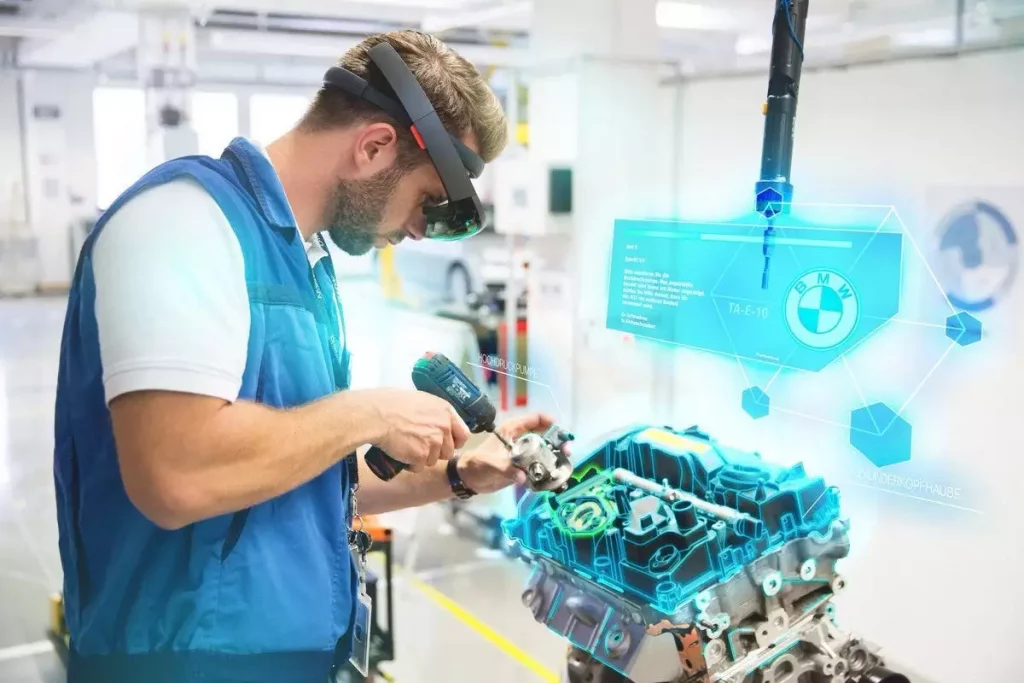
Social media and entertainment AR offers many possibilities to entertain as well. Magic Leap, for example, has an AR development company that has reported spending over $2.6 billion in developing AR goggles as well as the AR tech platform but is capable of attracting additional investment without the need for a product that is commercially available.
With a platform that is more accessible such as smartphones, TikTok just launched brand-name AR effects that users can apply in their content. It’s certainly the start of a race to develop ever more compelling experiences in AR that blur the lines between the real and the virtual.
Augmented Reality Glasses
When it comes to consumer products are concerned, AR glasses are the most popular choice for everyday people, and with good reason.
The possibility of this device becoming as important as a smartphone is growing daily with each new advancement. Major companies have all made investments in the technology through the years, and some even launched a few new products.
Although these glasses were not successful in reaching a larger market, they remain an important stepping stone for the next technological advancements to be. Below are some illustrations that show AR glasses:
- Google Glass
- Microsoft HoloLens
- Intel Vaunt
- Focals by North (acquired by Google)
As per reports, Apple is also developing the development of an AR headset that will operate by connecting data to an iPhone. Xiaomi has launched the video of a concept for their smart glasses however we do not yet know if this is a product that will be sold or a mere idea. Facebook has also poured millions of dollars into AR in research and development in order to grow into a metaverse-based company.
Augmented Reality vs Virtual Reality
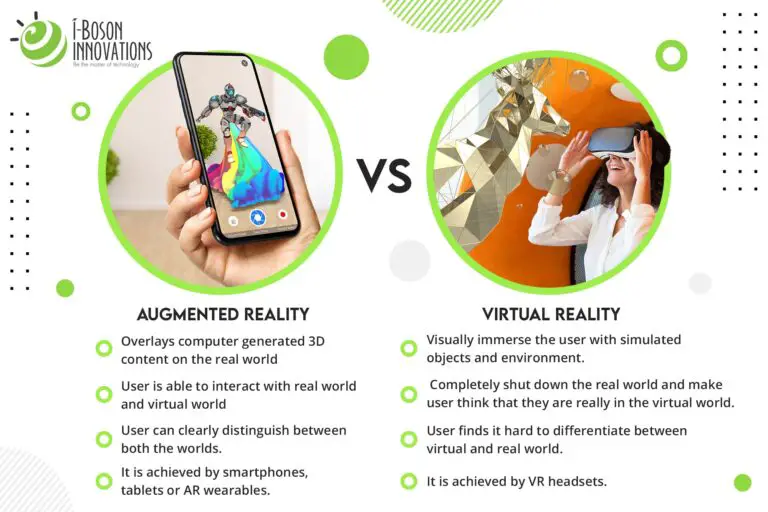
When we talk about AR it’s difficult to not mention VR (Virtual Reality). While VR is focused on creating a totally digital environment, AR combines elements of both the virtual and real worlds.
The use of virtual reality is very common when it comes to gaming. e.g., VR headsets, VR games, VR apps, etc. There’s also “Mixed Reality” where digital objects can be more seamless to connect with the real world.
If you’d like to learn more about the latest VR and AR developments, take a look at the following related pieces.
Suggested Articles

-
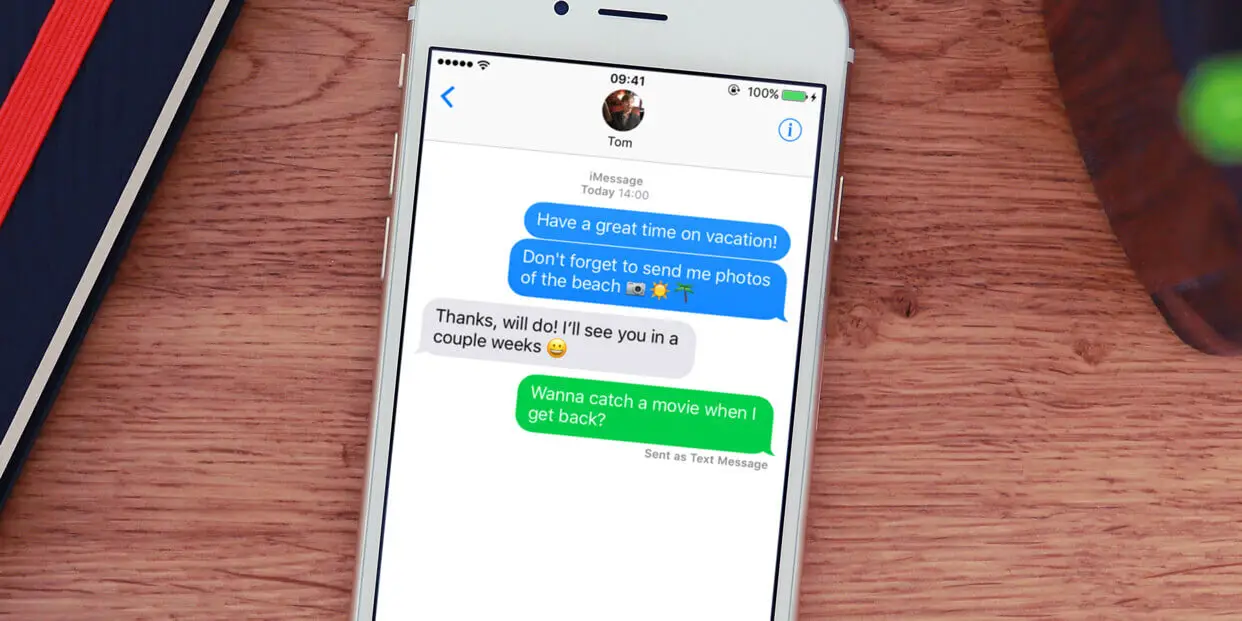
 Explained7 months ago
Explained7 months agoWhy Did iMessage Turn Green Explained!
-

 List7 months ago
List7 months ago1337x Proxy List For 2022 [100% Working 1337x Mirror Sites]
-

 How Tos7 months ago
How Tos7 months agoHow To Get A Specific Phone Number for yourself?
-

 List3 years ago
List3 years ago11 Best Music Players for Android Auto
-

 Explained7 months ago
Explained7 months agoWhat is Android System WebView? Should You Delete it?
-
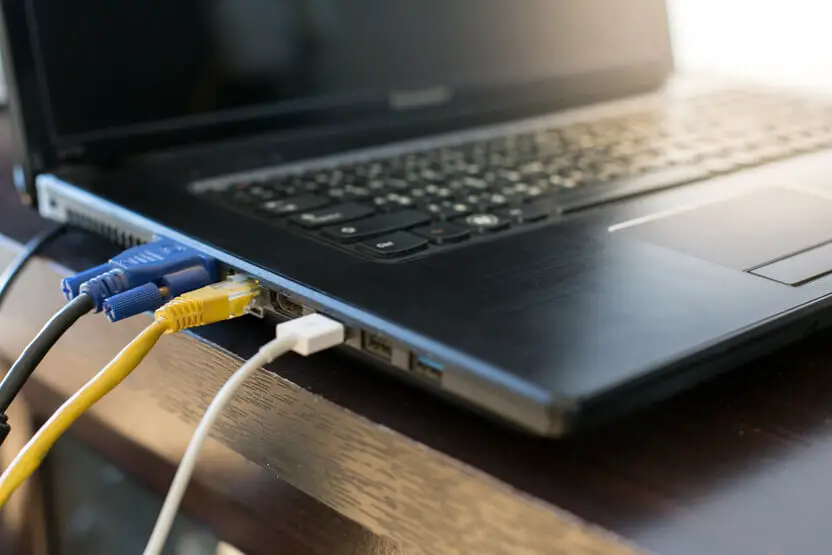
 Explained7 months ago
Explained7 months agoHow Can Monitors Be Connected By USB? (Explained)
-

 How Tos7 months ago
How Tos7 months agoHow To Fix This Webpage Is Not Available Error In Google Chrome
-

 Gaming7 months ago
Gaming7 months agoNeal Fun Spend: Spend Bill Gates and Elon Musk Money
